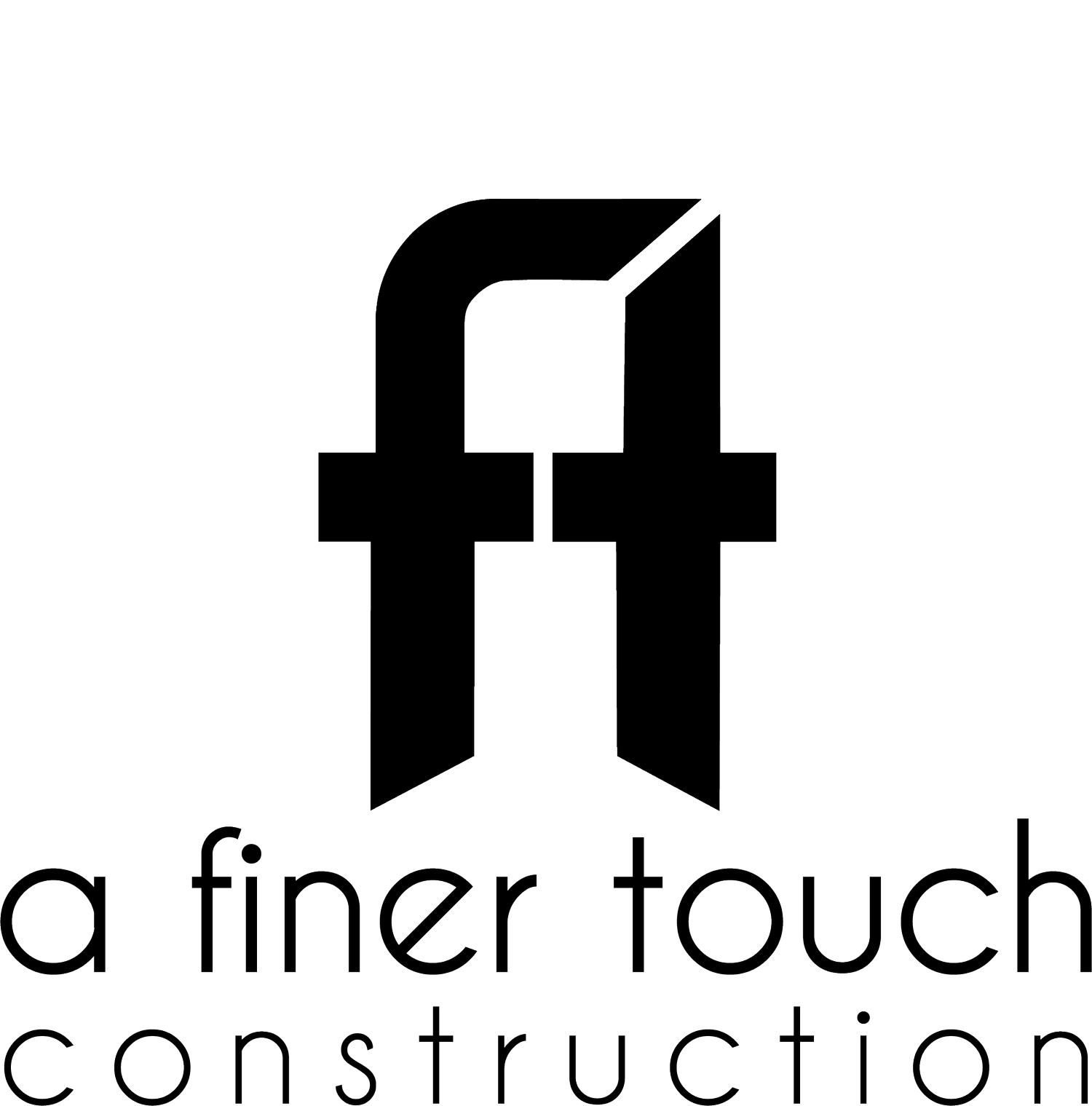Lien Waivers in Arizona
In Arizona, anyone who furnishes labor, professional services, materials, machinery, tools, or fixtures in a construction project may be entitled to file a mechanics’ or materialman’s lien on the property to ensure they receive payment from the property owner. These lien laws are designed to protect contractors, subcontractors, suppliers, or anyone who has provided labor, services, or materials from non-payment by the owner. However, mechanics’ and materialman’s lien laws only apply to private projects in Arizona. While the right to file mechanics’ and materialman’s liens protect the contractor, subcontractor, or supplier, lien waivers provide protection to the property owner that a lien will not be filed as long as the owner has made proper payments. Lien waivers help protect the owner from having to double pay in order to release an encumbrance on the property. The same is true for general contractors who have contracted with lower-tier subcontractors or suppliers.
But how does the process work? Fortunately, Arizona’s mechanics’ and materialman’s lien rights and lien waivers are defined in the Arizona Revised Statutes. In addition, the statutes provide language for preliminary lien notices and lien waivers that is to be “substantially followed” to be valid and effective. These requirements help simplify the process and prevents various forms being used. The lien process starts with the requirement that contractors, subcontractors, and suppliers file a preliminary 20-day notice when they begin work or first provide supplies in order to preserve their lien rights. The preliminary 20-day notice is not a lien, but notice to the relevant parties that the entity filing the preliminary notice reserves the right to file a lien in the event payment is not received.In most circumstances, as the work on the construction project proceeds, the owner will make progress payments (often times monthly) for the work completed to that particular date. The time when the first progress payment is made is the time the first set of lien waivers are signed and provided to the general contractor and owner.
In Arizona, there are four main types of lien waivers:
Conditional Waiver and Release on Progress Payment
Unconditional Waiver and Release on Progress Payment
Conditional Waiver and Release on Final Payment
Unconditional Waiver and Release on Final Payment
A Conditional Waiver and Release on Progress Payment is used when the contractor, subcontractor, or supplier will be receiving a progress payment, but that payment has not actually been received at the time of executing the lien waiver. This conditional lien waiver states that the lien waiver is conditioned upon the receipt of the payment. If the payment is not received then the lien waiver is not effective. Once the progress payment is made and actually received by the contractor, subcontractor, or supplier, then the Unconditional Waiver and Release on Progress Payment can be executed. There may be additional payments in the future, but this lien waiver acknowledges receipt of that specific progress payment. When work on a construction project is completed and final payment is to be made to the contractor, subcontractor, or supplier, then a Conditional Waiver and Release on Final Payment can be executed.
Again, this lien waiver is conditioned on the final payment actually be made and received. Once the final payment is made and actually received by the contractor, subcontractor, or supplier and no more payments will be made, then the Unconditional Waiver and Release on Final Payment can be executed. After all payments have been made and the Unconditional Waiver and Release on Final Payments have been provided, the owner has assurances that those particular contractors, subcontract, or suppliers who provided the unconditional lien waivers will not be filing mechanics’ or materialman’s liens on the property. While the system of mechanics’ and materialman’s lien and lien waivers may not be perfect, it provides certain protections to both contractors, subcontractors, and suppliers and to the property owners.

